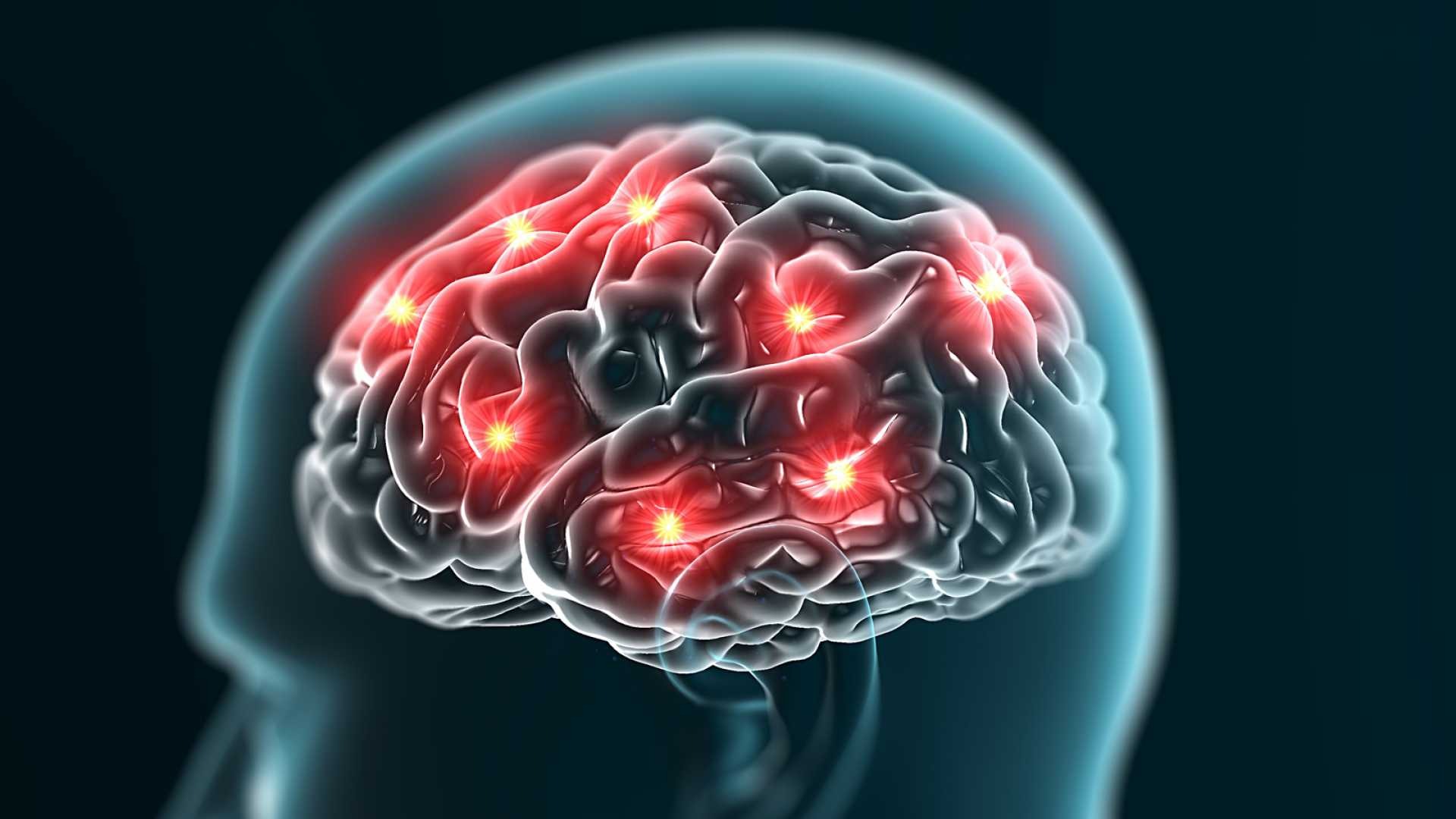Tips on getting the most out of therapy
Find the Right Therapist for You
Find a therapist that is a good fit for you and your needs. To set yourself up for the best therapy possible, take time to understand what you need and want out of the process.
Depending on why you’re coming to therapy, some therapists are specialized to help with specific problems. Searching for certifications that therapists have may be a helpful way to start your search.
For instance, some therapists have special certifications in:
- Couples and Marriage Counseling
- Family Counseling
- Grief Therapy
- Trauma Therapy
- Addiction and Alcohol Counseling
- Divorce counseling
- Sex Therapy
Once you find a therapist you may be interested in, set up a phone call to get more information on the therapy process since every office is different.
Unless there are any significant problems from your initial conversation, give yourself at least three sessions before deciding it’s going to work or not. This will give you time to understand what kind of therapy the therapist practices and if the therapist is a good fit for you and your overall needs.
Handle the Business side of therapy first
When sitting in the actual session, you don’t want things like out-of-pocket fees or other paperwork to take your attention away from the actual session.
Before beginning your first appointment, arrive a few minutes early to get all of the paperwork, fees, and insurance aspects of therapy out of the way. That way, you can place your full attention when you’re in session and all of the vital work that goes on during your time with your therapist.
View it as a Collaboration
Very rarely will a therapist run the whole session. Your journey to wellness is a team effort. While the therapist may help guide you, it is ultimately your responsibility to find your conclusions and move towards progress in your life.
Schedule Sessions at a Time that Works for You
Being valuable and working towards mental wellness can be exhausting. Because of this, schedule therapy appointments when you have enough time to be present with your therapist without having to rush away into a stressful environment right after a session.
Talk about Therapy in Therapy
Since therapy usually takes a collaborative approach, it might be beneficial to express your feelings about treatment to your therapist. Strong emotions typically surface throughout the therapeutic process and acknowledging them head-on with your therapist may provide a space for reflection and processing that will increase the benefits that therapy can have.
Do Work Outside of Session
Therapy is usually only 50-60 minutes of your week, a small drop in the bucket compared to the rest of your week. Implementing the tools learned in therapy within your daily life is one of the best ways to see personal growth over time.
If you’re unsure about how to start executing what you learn in therapy into your life, ask your therapist. They can help you develop plans, goals, and objectives to keep the therapeutic process going outside of the session.
Set Boundaries around Therapy
Therapy is a safe space that allows you to explore your thoughts, feelings, and behaviors. However, it’s important to remind yourself that this space is your own, and it’s ok to have limits as to what you disclose to those around you about therapy.
Friends and family that care about you may ask you what you talked about, how it went, or why you’re in therapy in the first place. While it may be coming from a good place, it’s perfectly acceptable (and healthy) not to divulge what happens in therapy if you’re not comfortable.
Bring it All into Sessions
Bring all different parts of your personality into your session. Therapy is often a space that you talk about complicated feelings, emotions, and thoughts. Being able to express yourself fully without censoring yourself can help the session be more productive while helping you better understand who you are as a person.
Trust the Process
As cliche as this sounds, trusting thetherapy process is an integral part of having a positive therapeutic experience. Therapists benefit from going to school, reading countless books, studies, and articles surrounding therapy (which is a good thing!), but sometimes the process can be a little difficult to follow when you’re the client.
If you’re wondering about the process, the progress you’re making, or have questions about therapy in general, we encourage you to bring that up to your therapist. It’s ok to ask any questions you have during sessions, leading to a more effective therapeutic process.









